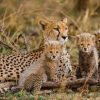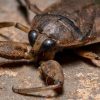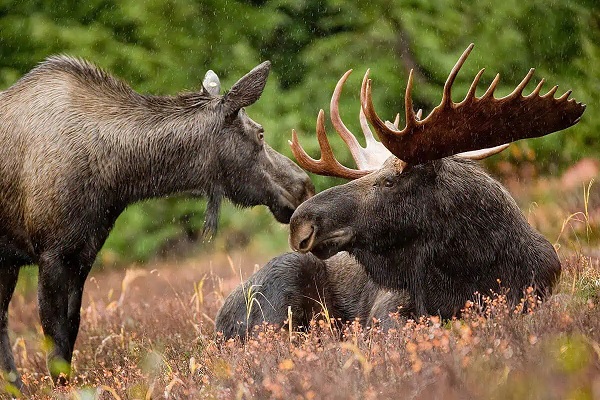
In the northern wildlife, there are mysterious, amazing, and majestic animals, the moose is one of them. The moose is the biggest land animal in North America.
In this article, we’ll discuss this moose species and discover what makes it remarkable, from its towering size to its habitat and unique adaptations.
The Alaskan Moose – The largest moose species
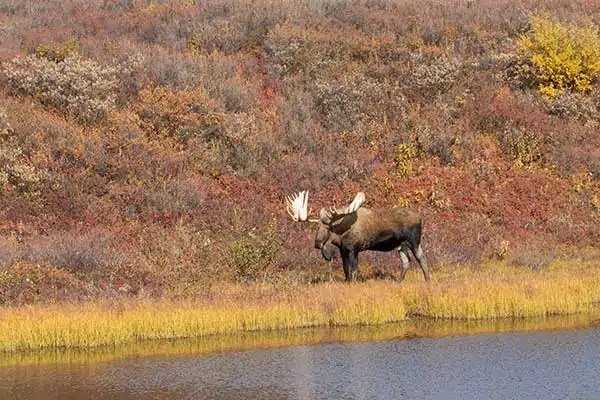
The Alaskan moose holds the title as the largest moose subspecies and the deer family’s largest member. Found primarily in Alaska and parts of Canada, this giant is a marvel of evolution perfectly adapted to its environment.
Physical Characteristics and Adaptations
The Alaskan moose is noted for its immense size and unique antlers, traversing up to 6 feet across. These antlers are used primarily for sparring during the rutting season when males compete for mates. The moose’s coat is thick and dark brown, offering protection against the harsh northern climate. Additionally, their long legs allow them to navigate deep snow and dense vegetation with ease.
These animals are specially built for survival in cold and forested environments. Their large, overhanging noses and broad muzzles help them to perfectly strip leaves and bark from trees. The moose’s acute sense of smell and hearing compensates for their relatively poor eyesight, allowing them to detect potential predators or rivals from afar.
Their Behavior and Habitat
Alaskan moose populate a variety of landscapes, including forests, wetlands, and tundra. They are highly modifiable, often found grazing in areas abundant with willows and birch, which are key components of their diet. During the summer, moose may also wade into lakes and rivers to feed on aquatic plants and cool down, showcasing their versatile feeding habits.
During the rutting season in the fall, males engage in elaborate displays of strength and dominance. The clashing of antlers echoes through the forest as bulls compete for the right to mate with females. This behavior not only showcases their power but also contributes to the selection of the fittest genetics for the next generation.
Diet and Feeding Habits
The Alaskan moose’s diet is primarily composed of fibrous plant material, including twigs, leaves, and the bark of trees such as willow, birch, and aspen. During the warmer months, they supplement their diet with aquatic plants, which provide essential nutrients and help maintain hydration. The moose’s four-chambered stomach allows it to efficiently break down tough plant fibers and extract nutrients, similar to other ruminants like cattle and deer.
These large animals can consume up to 70 pounds (32 kg) of food per day, especially during the late summer and fall when they need to build up fat reserves for the winter. This substantial intake supports their massive size and ensures they have enough energy to endure long periods when food may be scarce.
While the Alaskan moose is the largest, other notable moose species and subspecies are fascinating in their own right. See them below.
1. Eastern Moose
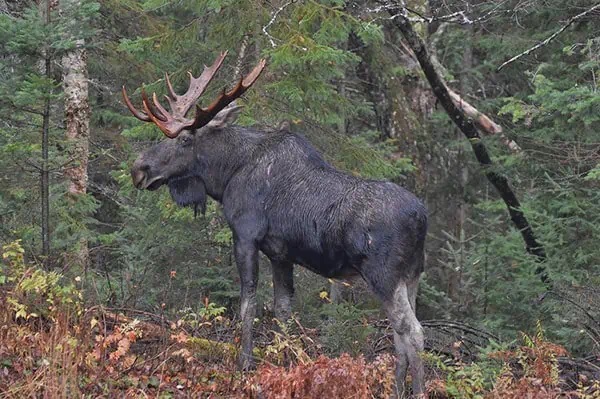
The Eastern moose (Alces alces Americana) is found in the northeastern United States and eastern Canada. Although not as large as the Alaskan moose, males can still reach up to 1,300 pounds (590 kg). They thrive in forested regions and rely on dense vegetation for feeding.
2. Western Moose
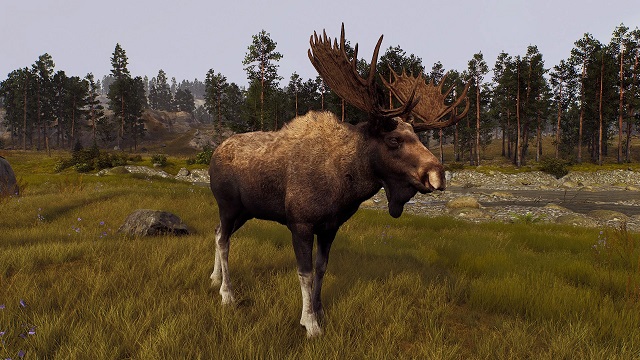
This subspecies inhabits parts of central Canada and the northern United States, including states like Minnesota and North Dakota. Western moose share many physical characteristics with their eastern counterparts but have adapted to both wooded and more open habitats.
3. Siberian Moose
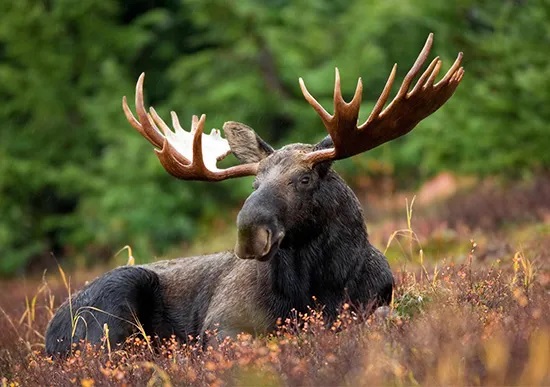
Native to Russia and parts of Asia, the Siberian moose is similar in size to the Western moose. With thick, dense fur, they are well-suited to withstand Siberia’s frigid climates and snowy conditions.
4. European Moose
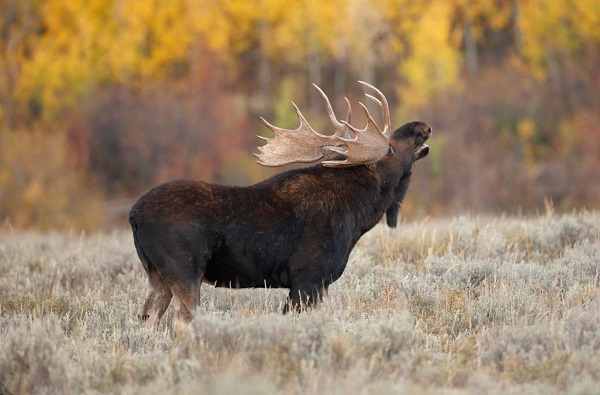
Known as the Eurasian elk, the European moose is found across northern Europe and parts of Asia. This species is generally smaller than North American moose subspecies, with males weighing between 800 and 1,200 pounds (363 to 544 kg). Despite their size difference, they share similar dietary habits and behaviors.


